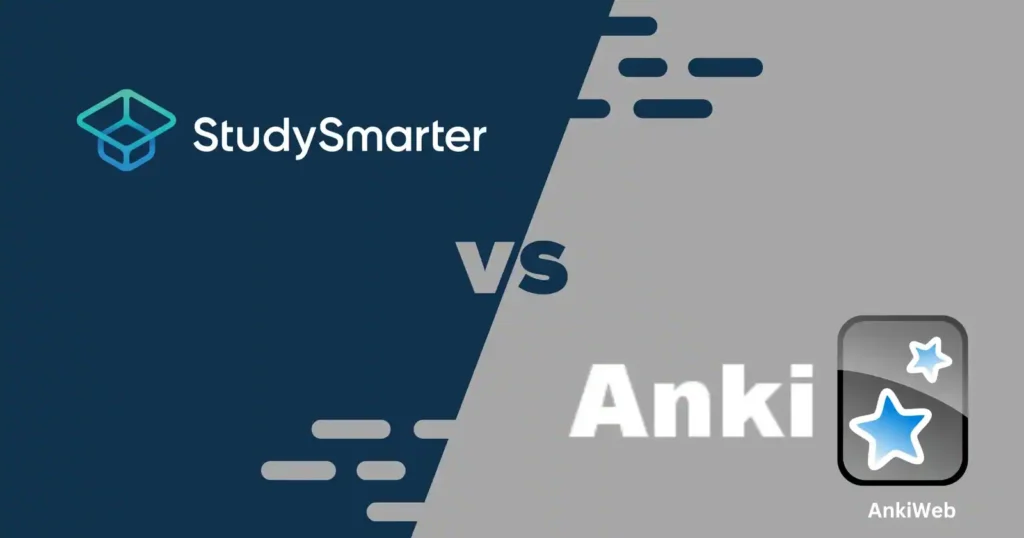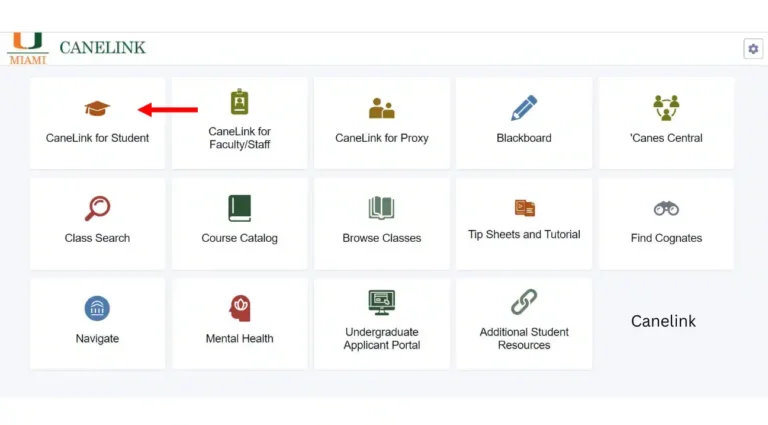
Introduction to AnkiWeb and traditional study methods
Studying can often feel like a daunting task, especially when it comes to retaining information. Enter AnkiWeb, a digital flashcard platform that’s transforming the way students approach their studies. Gone are the days of flipping through stacks of index cards or scrambling to keep track of missing notes. Traditional study methods have served us well, but as technology advances, so do our learning tools.
AnkiWeb offers an innovative solution for learners seeking efficiency and effectiveness in memorization. This blog post will explore how this powerful tool stands out against conventional techniques by examining its unique features and benefits. Whether you’re a student striving for better grades or just someone looking to enhance your knowledge retention, there’s much to discover about why digital flashcards might just be your new best friend in studying!
Benefits of using digital flashcards
Digital flashcards, like those offered by AnkiWeb, transform the way we study. They bring a level of customization that traditional methods simply can’t match. You can create cards tailored to your specific needs and adjust them as you grow in knowledge.
Another fantastic advantage is accessibility. With an internet connection, your study materials are always at your fingertips. Whether you’re at home or on public transport, learning can happen anytime.
Tracking progress is also incredibly beneficial with digital flashcards. AnkiWeb allows users to see which cards they struggle with most, making it easier to focus on challenging topics and improve retention rates over time.
These benefits make digital flashcards not just effective but essential for modern learners looking to maximize their potential in today’s fast-paced world.
A. Customizable study options
With AnkiWeb, you can tailor your study sessions to fit your personal learning style. Unlike traditional flashcards, which often follow a one-size-fits-all approach, digital flashcards allow for endless customization.
You have the freedom to create decks that suit specific subjects or topics. Want to focus on vocabulary? Easily design a deck dedicated exclusively to new words and their meanings.
AnkiWeb also supports multimedia elements. Add images, audio clips, or even videos to reinforce concepts in ways that traditional methods simply can’t match.
Moreover, you can choose different algorithms based on how well you know each card. This spaced repetition system ensures you’re not just memorizing but truly retaining information over time.
This level of personalization makes studying more engaging and effective for everyone involved. The ability to adapt each session keeps motivation high while enhancing retention rates significantly.
B. Accessible from anywhere with internet connection
One of the standout features of AnkiWeb is its accessibility. You can dive into your study materials from virtually anywhere, as long as you have an internet connection. This flexibility means you’re not tied to a specific location or time.
Whether you’re at home, on the bus, or waiting in line for coffee, your flashcards are just a click away. Imagine being able to review important concepts during those snippets of free time throughout your day.
This convenience extends beyond just access; it also supports continuous learning. If something sparks your curiosity while out and about, you can quickly revisit related cards without missing a beat in your study regimen.
With AnkiWeb, studying feels less like a chore and more like an integrated part of everyday life. The world becomes your classroom when knowledge is only ever a device away.
C. Ability to track progress and review difficult cards
AnkiWeb offers a powerful feature that many traditional study methods lack: the ability to track your progress in real-time. This function allows users to see how well they are mastering material over time. With visual graphs and statistics, you gain insights into your learning habits.
Reviewing difficult cards becomes an effortless task. AnkiWeb employs spaced repetition algorithms that identify which flashcards require more attention based on your performance. If you’re struggling with specific concepts, the app brings those cards back into focus at optimal intervals.
This targeted approach not only enhances retention but also builds confidence as you conquer challenging subjects one card at a time. The satisfaction of watching your scores improve can be incredibly motivating, making studying feel less like a chore and more like a rewarding journey toward mastery.
Drawbacks of traditional study methods
Traditional study methods come with notable drawbacks that can hinder learning efficiency. One major limitation is the lack of organization and categorization options. Physical flashcards often end up scattered, making it difficult to find specific information when needed.
Another issue is the risk of losing those cards altogether. A single misplaced card can derail your entire study plan, especially if it contains crucial information.
Moreover, reviewing physical notes may become tedious over time. Constantly flipping through stacks or trying to sort out which topics need more focus can be overwhelming.
Traditional methods usually don’t adapt well to individual learning styles. What works for one student might not resonate with another, leading to ineffective study sessions that yield minimal results in understanding complex concepts.
A. Limited organization and categorization options
Traditional study methods often fall short when it comes to organization. Relying on physical flashcards can quickly lead to chaos. A stack of cards, while useful for memorization, lacks a systematic way to categorize information.
Students might find themselves scrambling through piles of cards looking for specific topics. This disorganization can waste valuable study time and create unnecessary stress before exams.
Moreover, without digital tools, grouping related concepts becomes cumbersome. You can’t easily shift cards around or create subcategories as you could in a digital format.
This lack of flexibility restricts how effectively one can revisit material over time. It may hinder recall efficiency during crucial moments like tests or presentations, where clarity and order are essential.
B. Risk of losing physical flashcards
Losing physical flashcards is a common worry for students. Imagine studying hard, only to misplace your carefully crafted cards right before an important exam.
With traditional methods, one moment of distraction can lead to chaos. Flashcards scattered around the room or stuck in a backpack can easily slip through the cracks. This not only disrupts study sessions but also leads to frustration.
Digital flashcards eliminate this issue entirely. AnkiWeb keeps everything organized in one place, accessible whenever you need it. There’s no frantic searching under textbooks or cushions.
Plus, with digital versions, there’s no wear and tear over time. Physical cards fade and get damaged; digital ones remain as clear as day. Keeping track of progress becomes seamless when everything is stored online—no risk of losing valuable information before that crucial test day!
Case studies: How students improved their grades with AnkiWeb
Many students have turned to AnkiWeb as a game-changer in their study routines. For example, Sarah, a biology major, struggled with memorizing complex terms and processes. After switching to AnkiWeb, she created tailored flashcards that included images and mnemonics. This method helped her retain information much better than traditional methods.
Then there’s Michael, who faced challenges in mastering languages. By using spaced repetition on AnkiWeb, he could revisit challenging vocabulary at optimal intervals. His grades improved significantly after just one semester.
Another inspiring case is Jenna, an exam prep student who utilized the platform for her standardized tests. Tracking her progress allowed her to focus on weaker areas effectively. She ended up scoring higher than expected.
These examples illustrate how digital tools like AnkiWeb can enhance learning outcomes and make studying more efficient across various subjects.
FAQS
If you’re still on the fence about switching to AnkiWeb, here are some common questions that might help clarify its benefits.
What is AnkiWeb?
AnkiWeb is a cloud-based flashcard application designed for efficient learning. It enables users to create personalized flashcards and access them from any device with an internet connection.
How does AnkiWeb improve retention?
The spaced repetition system used by AnkiWeb helps enhance memory retention by showing cards at optimal intervals based on how well you’ve mastered the material. This method reinforces knowledge effectively over time.
Can I use images and audio in my flashcards?
Yes! One of the key advantages of digital flashcards is their versatility. You can easily add images, audio clips, or even videos to your cards, making study sessions more engaging and effective.
Is there a mobile app available for AnkiWeb?
Absolutely! While AnkiWeb itself runs in your browser, you can also download the native app specifically designed for both iOS and Android devices. This feature allows seamless studying wherever you go.
Are traditional study methods completely obsolete with digital options like AnkiWeb?
Not necessarily. Some people may still prefer tactile learning experiences. However, many find that mixing traditional methods with digital tools like Anki enhances their overall understanding and retention of information.
By addressing these points, it’s clear why so many students are choosing platforms like AnkiWeb over conventional ways of studying. The flexibility and efficiency offered through this tool not only simplify learning but also make it a far more enjoyable experience.



